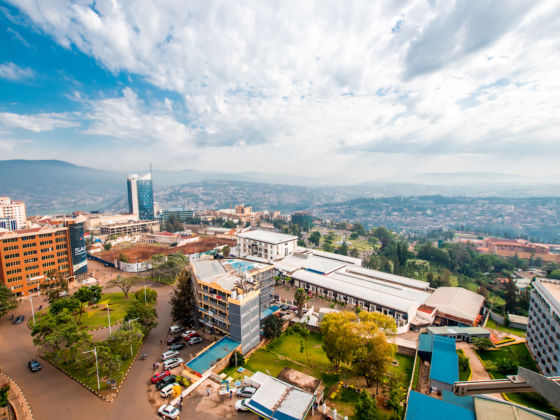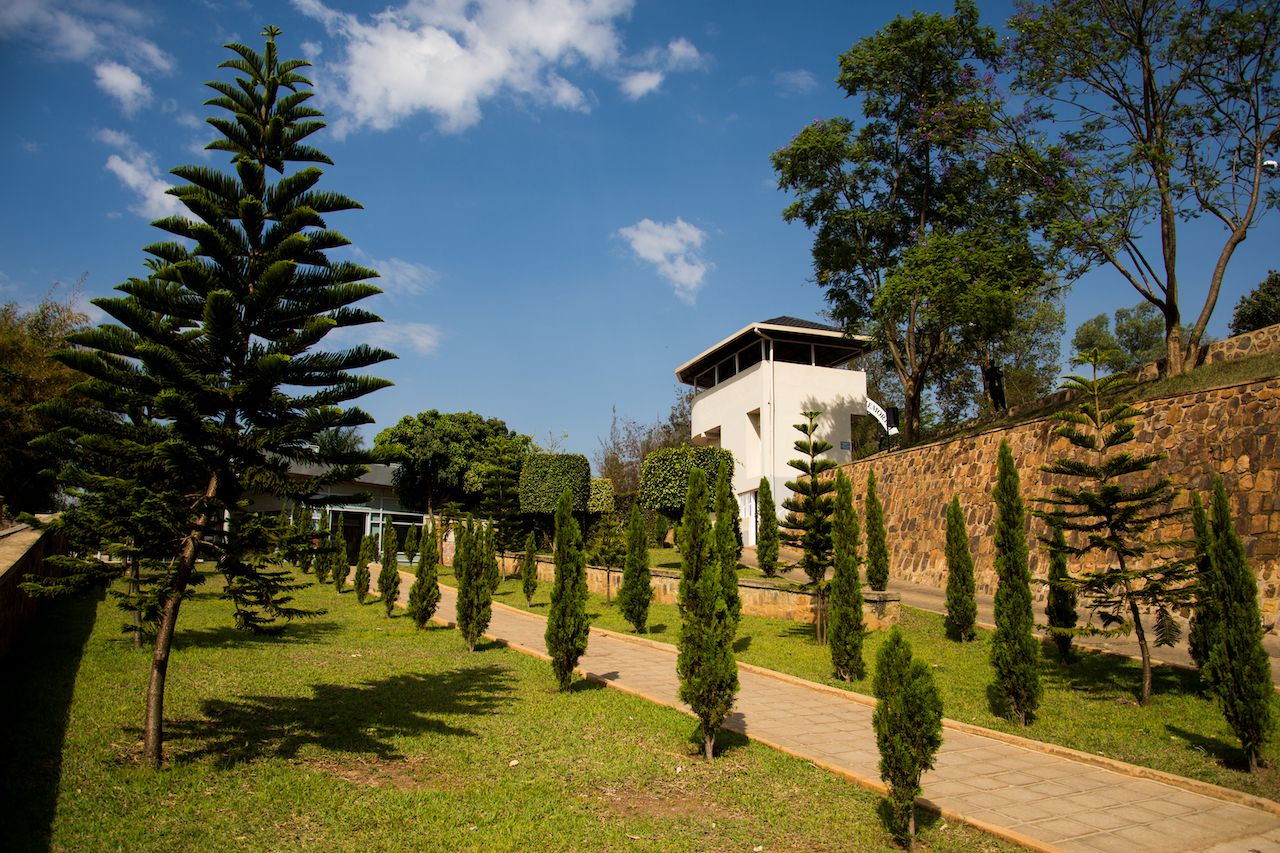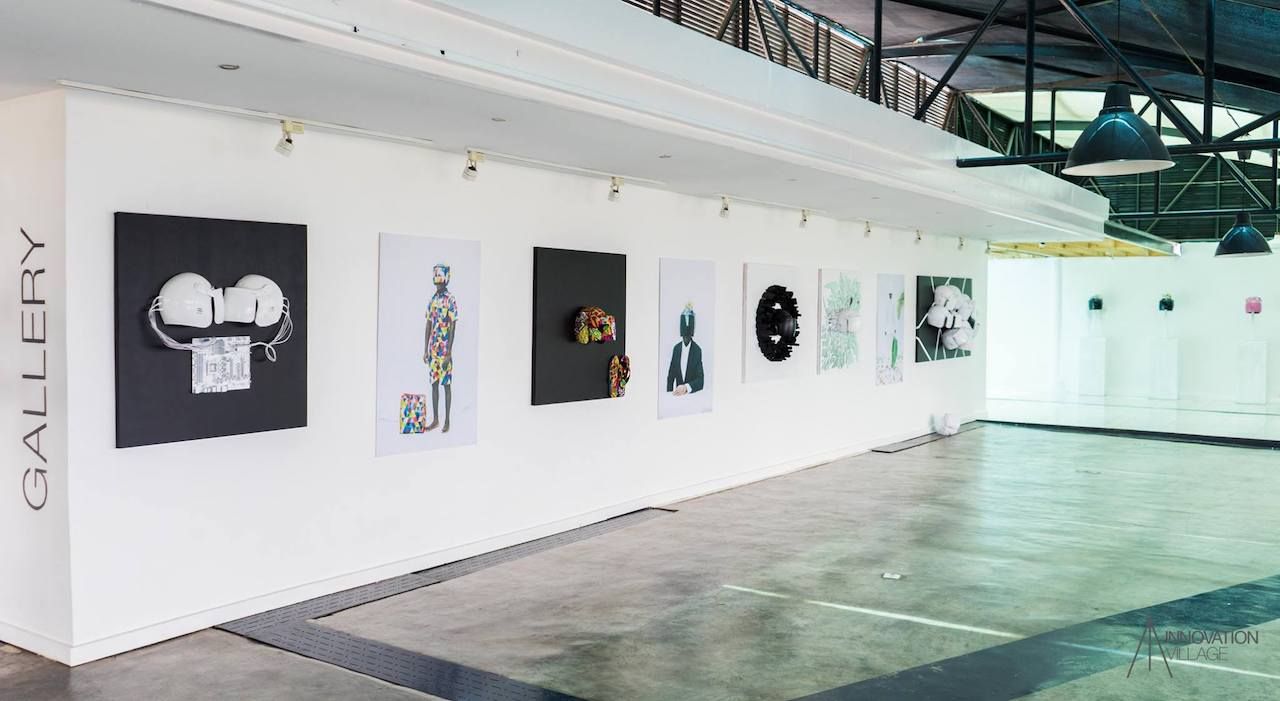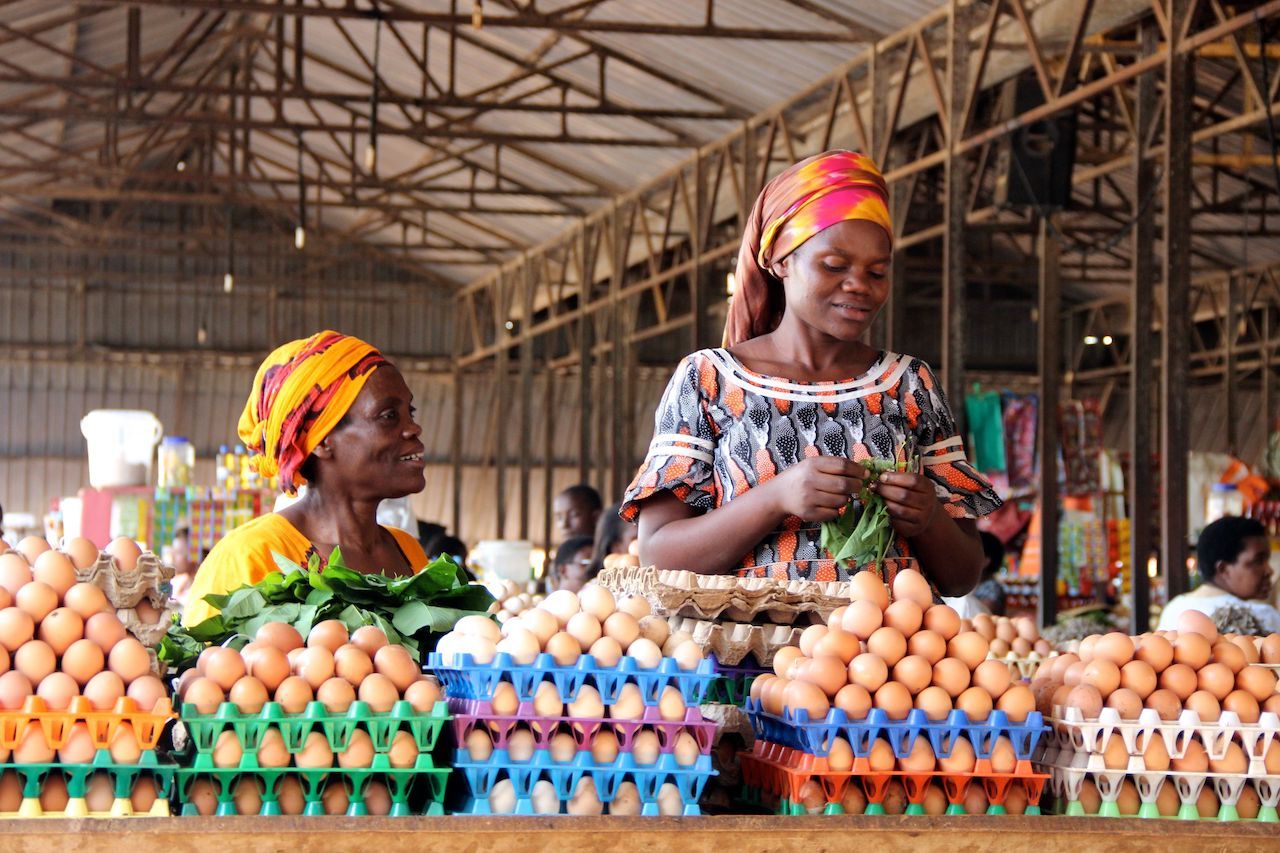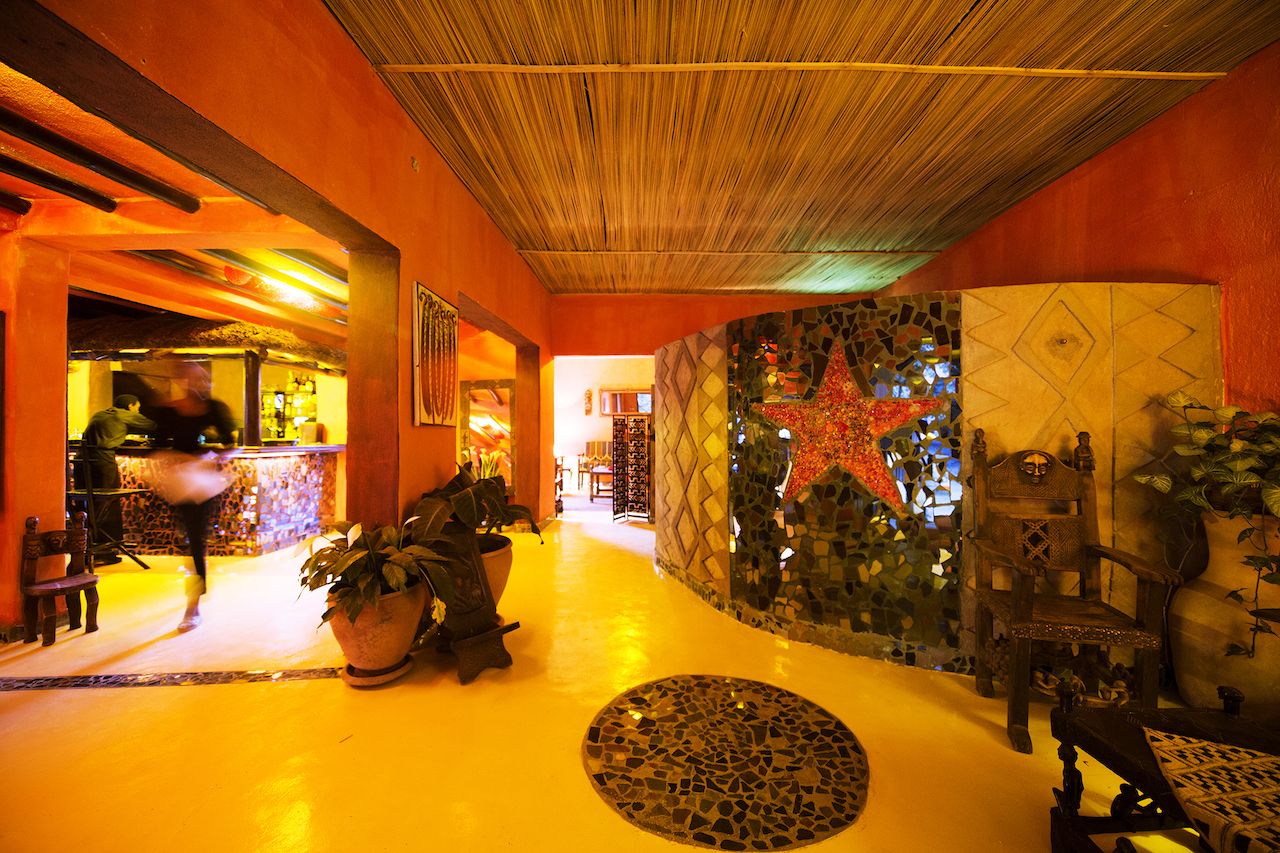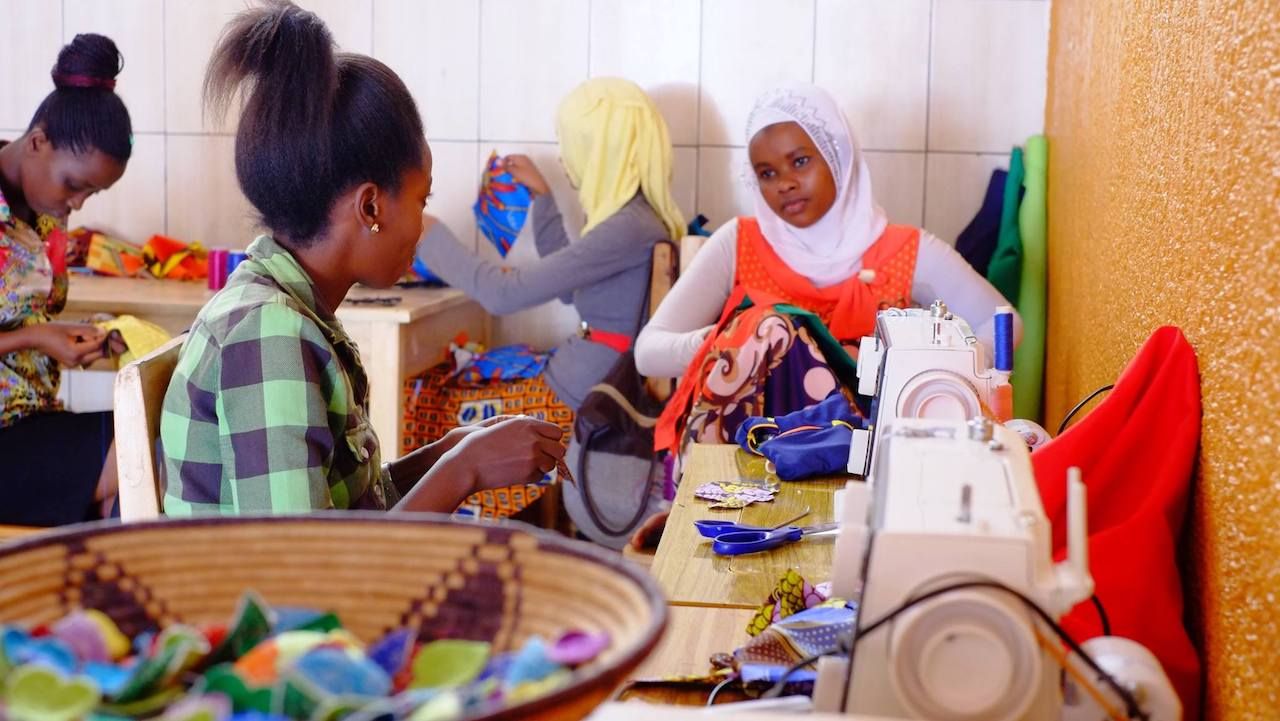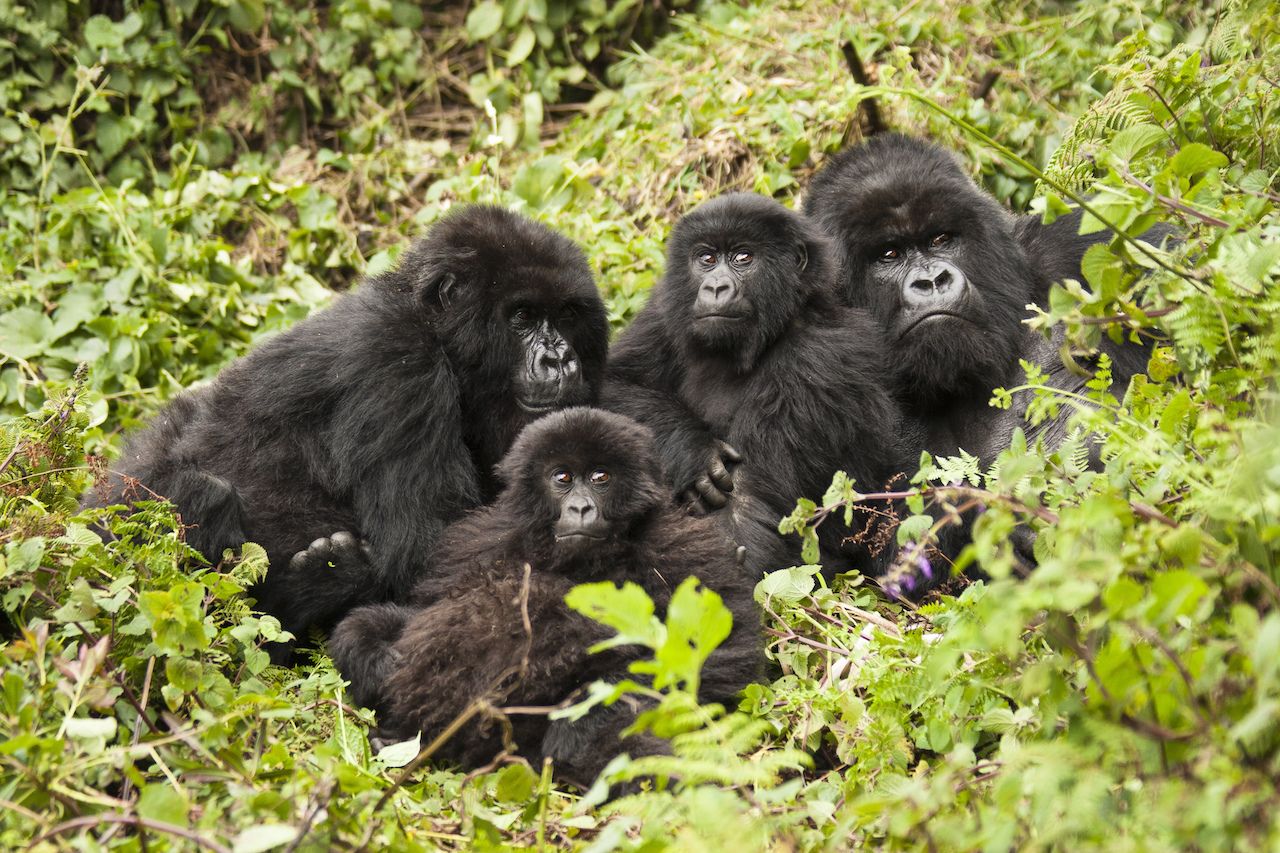Mountain gorillas are Rwanda’s wealth. But if you don’t have a few thousand dollars to spare — yes, that’s how expensive it is to see gorillas — or don’t have the time to hit the verdant volcanic mountains, Rwanda’s capital city is a destination in itself. Since the end of the genocide against the Tutsi in 1994, Kigali has become a cornerstone of African development. Despite its relatively small size, with just 800,000 residents, Kigali is tremendously influential.
Where only a generation ago atrocious cruelties were committed, you can now walk safely to almost any destination and enjoy a remarkably clean urban environment. In fact, on the last Saturday morning of every month, all Rwandans come together to clean up and improve their neighborhoods, nurturing a culture of order and respect. Kigali has something to teach us. Here’s how to enjoy this dynamic city.
